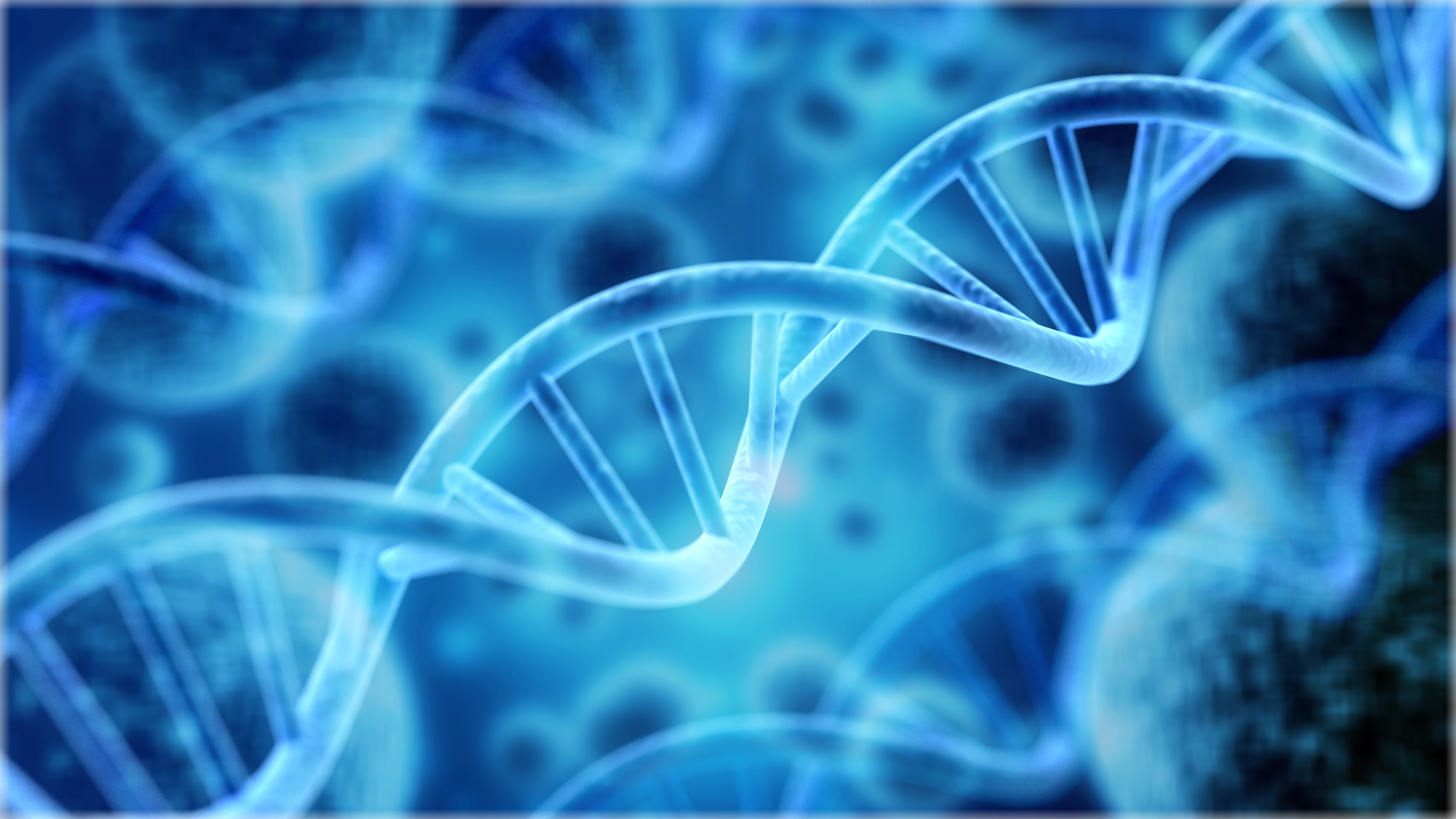
By: Eline te Velde
The CRISPR revolution: in conversation with John van der Oost
John van der Oost is a molecular microbiologist at Wageningen University & Research (WUR) and a pioneer in research into CRISPR-Cas: a revolutionary technology that enables scientists to edit the DNA of organisms very accurately. He tells more about the many applications of CRISPR-Cas and explains why we are talking about a revolution.
Van der Oost says that CRISPR-Cas came his way by chance. “In 2001 I worked on a project in which we mapped the genome sequence of a microorganism. We found very strange repetitive pieces of DNA and had no idea what their function was. Actually, we had already forgotten about it, until an American scientist came up with an interesting hypothesis in 2005. He thought the repetitive bits were part of a defense system. We decided to put our shoulders to the wheel with a team of four scientists and in 2008 we solved the first pieces of the CRISPR puzzle.”
“It quickly became clear that this system is a unique tool for editing DNA in all kinds of cells, from bacteria to plants and even human cells.”
Defense system
Van der Oost's research team demonstrated in 2008 that the repetitive CRISPR DNA is an essential part of the adaptive immunity of bacteria. “There turned out to be pieces of virus DNA among the repetitive DNA, which together form the memory of the CRISPR immune system of bacteria.” This immune system works in two stages. First, the virus fragments of the CRISPR DNA are transcribed into CRISPR RNA, after which Cas proteins can use this information as a guide to find the virus DNA that matches the stored DNA from the CRISPR archive after a virus infection . If there is a match, the Cas protein binds to the virus DNA, after which the virus DNA is made harmless with a cut.
“It was a spectacular discovery, but it soon became clear that this system is a unique tool for editing DNA in all kinds of cells, from bacteria to plants and even human cells. Using a synthetic CRISPR, we have shown that it is very easy to change the specificity. This means that the CRISPR-Cas system can be adapted to cut the DNA at any desired location, after which a change can be introduced at that location. This has led to many groups starting to research new systems, mechanisms and ultimately developing various applications.” CRISPR-Cas has now become an indispensable part of biotechnology.
Sickle cell anemia
CRISPR-Cas has revolutionized the treatment of various diseases. “There have been recent successes in curing blood diseases such as sickle cell anemia. The error in the DNA is repaired outside the body by taking stem cells and then replacing them.” A similar method is also used for specific forms of immunotherapy in patients with cancer. The goal is to strengthen the patient's immune system in the hope that it will lead to recognition and destruction of the tumor.
The next step is to introduce a CRISPR system into the body. “Earlier this year, patients with genetic liver diseases were treated. The CRISPR system is inserted and transported in very small spheres, so-called 'nanoparticles'. These find the liver cells with great precision and deliver a Cas protein with a specific CRISPR RNA guide, after which the DNA of liver cells is modified.” A major technical leap, according to Van der Oost. Because if these nanoparticles can also be made for other organs, many more diseases can be treated.
Climate-resistant crops
Another promising application is in plant biotechnology. Plant breeding is a long-term process, which can take ten years or more to achieve the desired adjustment in the crop. With CRISPR-Cas this process is significantly accelerated and the adjustments are more accurate than with classical breeding methods. It is therefore a promising technique to make crops resistant to pathogens or the effects of climate change, in order to guarantee our food supply by increasing yields.
In Europe, CRISPR-Cas has been subject to GMO legislation since 2018, which makes it complicated to apply the technology. According to many scientists and breeders, this needs to change, and earlier this year the European Parliament approved a bill to allow the use of CRISPR-Cas on crops. “It is an important step in the right direction, but a lot still needs to be done at national level. CRISPR-Cas is a good and safe way to improve crops and it would be a missed opportunity if breeders cannot apply this.”
The technology will only become more accurate in the coming years, Van der Oost explains: “With the knowledge we will gather in the coming years, we will know even better which genes we need to adjust to implement certain changes. This allows us to make plants more resilient and the list of genetic diseases that we can cure will only grow longer.”